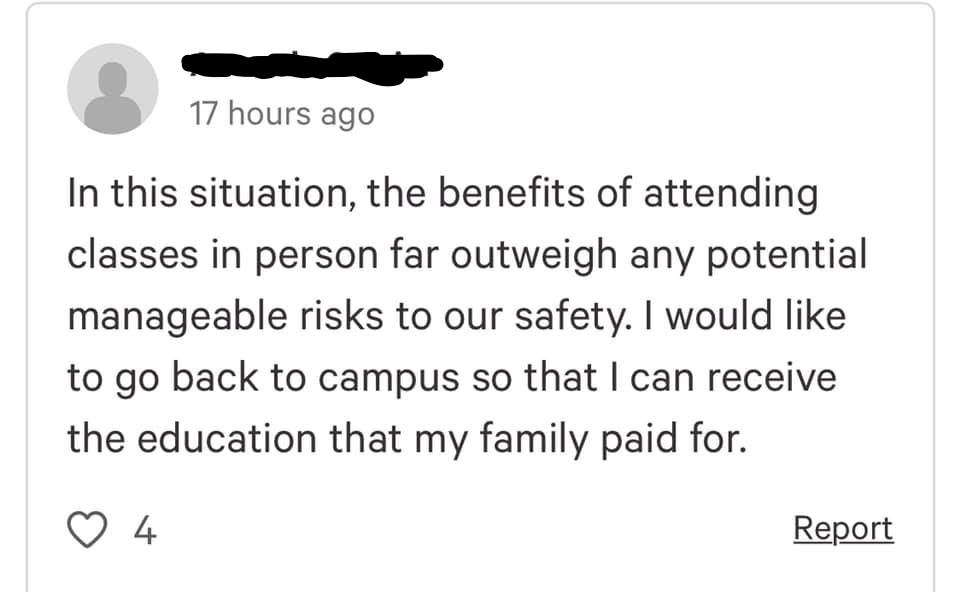If you asked me a few months ago why digital history is important, I probably would have told you that it isn’t. I always felt more comfortable using tangible resources and writing things down by hand, so I never really considered digital history as essential.
This isn’t to suggest that I was ever totally dismissive of digital history. In fact, one of the pieces of work I’m proudest of ever creating is an article for Gettysburg College’s Killed At Gettysburg online project.[1] I’ve had some familiarity with digital history and how it can be useful, but I never really viewed it as necessary to pushing the field of history forward. And then this semester happened.
It started with Zotero. What was at first a nifty tool soon became an important way to streamline the citation process. As the website GettingThingsTech argues, “Citations are important, they’re just also inefficient. You want to show the world that you’ve done your research and help future readers (or yourself) see where they can learn more on your topic. It just shouldn’t take so long.” [2] As I found in my own research project (which I’ll address later on), it was almost a necessity to use a tool like Zotero. While I could have done my research without the use of a citation manager, it would have taken me so long to get the full citation data that I would have been unable to do as much research as I ultimately did. On top of that, having all of my sources in one organized location made it much simpler for me to return to those sources when I needed to.
So, cool, an app made my life easier. Nice, but not really groundbreaking stuff here, right? The thing is, the tools of digital history aren’t just meant to make things faster and easier – they’re meant to help convey information in new ways than the standard paper or dissertation. Why else would George Mason University allow their doctoral candidates to create a digital dissertation? [3] If digital history was simply a tool for comfort and ease of use, then universities would not allow students to submit works of digital history as academic scholarship. This is proof that digital history is actively pushing the field of history and forcing historians to engage with the public more often than before.
This, of course, presents challenges, and we’ve discussed them at length on our class blog. But digital history also presents tremendous opportunity. Errol Morris used digital tools and techniques to answer the question of the sequence of two photographs from the “Valley of the Shadow of Death” in the Crimean War. [4]


Authors and historians had argued unequivocally that the second photograph (the lower one on this post, the one with the cannonballs on the road) was taken after the first one. They used these photographs to make an argument about the character of the photographer, Roger Fenton, and how he altered the scene to make his own experience appear more harrowing. However, Morris proved that while the sequence of photographs was correct, Fenton did not alter the scene. In this instance, digital tools helped historians come to a new understanding about the past and proved prior assumptions incorrect.
Digital history tools were necessary for my research project to come together. [5] I created a timeline to tell the broader story of the 1985 bombing in Philadelphia that killed several people and left hundreds homeless. I could have easily written a paper on it; there’s a number of well-done books or journal articles that talk about this event using only or mostly text. But creating a digital site allowed me to use photos, videos, and images that I could not have in a “typical” old-fashioned history paper.
Something I’ve learned through my own personal experience in public history is that showing is always better than telling. So, I’m going to try a little experiment. I’m going to write a short sentence or two about an event from my research, and then I’ll post a video that I included on my timeline. I want you to think about which has a stronger emotional impact for you.
Ready?
In 1978, the group MOVE got into a shootout with police. In the crossfire, police officer James Ramp was shot in the neck and killed.
And now, the video: (WARNING: Violence/gunfire is shown in this clip.)
Easy, right? That kind of emotional power is not something I can convey through words, but that feeling is just as much an essential part of the story as any date or name. That is how digital tools can advance the field of history as well.
Digital history is a game-changer, both for research and for helping historians to tell narratives. It isn’t without its drawbacks, of course. But its flaws should not make historians cower in fear of it. Instead, it’s time to embrace the possibilities of a digital history approach. Historians need to come down from the ivory tower that is academia and make their work accessible to people. Digital history allows them to do just that.
NOTES
- Martin, Jeffrey. “William Jones, 1st Rhode Island Light Artillery”. Killed At Gettysburg: The Final Footsteps of Gettysburg’s Fallen. http://killedatgettysburg.org/william-jones-1st-rhode-island-light-artillery/
- GettingThingsTech, “Zotero, the free citation manager for students, teachers, and more”. https://gettingthingstech.com/zotero-free-citation-manager-students-teachers/
- George Mason University, “Digital Dissertation Guidelines”. https://historyarthistory.gmu.edu/graduate/phd-history/digital-dissertation-guidelines
- Morris, Errol. “Which Came First, the Chicken or the Egg?” New York Times, September 25, 2007. https://opinionator.blogs.nytimes.com/2007/09/25/which-came-first-the-chicken-or-the-egg-part-one/
- Martin, Jeffrey. “‘It Was War’: The 1985 Philadelphia MOVE Bombing”. Sutori. https://www.sutori.com/story/it-was-war-the-1985-philadelphia-move-bombing–4qQtASBHxHPEqN2pJ69Cb5TE

